
Pyruvate oxidase NEW
| Price | Get Latest Price | |
| Package | 5g | 10g |
| Min. Order: | 5g |
| Supply Ability: | 100g |
| Update Time: | 2025-06-16 |
Product Details
| Product Name: Pyruvate oxidase | CAS No.: 9001-96-1 |
| EC-No.: 232-644-5 | Min. Order: 5g |
| Purity: 99% | Supply Ability: 100g |
| Release date: 2025/06/16 |
Pyruvate oxidase is an enzyme found in certain bacteria, such as Escherichia coli, that plays a role in aerobic carbohydrate metabolism. Here's a detailed breakdown of its function and characteristics:
Reaction Catalyzed
Pyruvate oxidase catalyzes the oxidative decarboxylation of pyruvate, converting it into acetyl phosphate, CO?, and hydrogen peroxide (H?O?). The reaction is:
Pyruvate+Phosphate (Pi)+O2→Acetyl Phosphate+CO2+H2O2
Acetyl phosphate serves as a high-energy intermediate that can donate a phosphate group to ADP, generating ATP via substrate-level phosphorylation.
H?O? is a reactive byproduct, which bacteria neutralize using enzymes like catalase.
Cofactors
Thiamine pyrophosphate (TPP): Facilitates decarboxylation of pyruvate.
Flavin adenine dinucleotide (FAD): Acts as an electron carrier, transferring electrons to oxygen (the final acceptor).
Biological Role
Energy Production: Generates ATP directly via acetyl phosphate, bypassing the citric acid cycle and electron transport chain. This is advantageous under specific conditions (e.g., high oxygen, low glucose).
Acetate Metabolism: Acetyl phosphate can be converted to acetate, a key metabolic intermediate in bacteria.
Metabolic Flexibility: Provides an alternative pathway when pyruvate dehydrogenase (PDH) is inactive or insufficient, enhancing survival in varying environments.
Regulation
Activity is influenced by oxygen availability, substrate levels, and metabolic demands. For example, in E. coli, the enzyme is encoded by the poxB gene and is upregulated under aerobic conditions.
Organisms and Localization
Primarily found in prokaryotes (e.g., E. coli, Lactobacillus). The enzyme operates in the cytoplasm, as bacteria lack mitochondria.
Comparison with Pyruvate Dehydrogenase (PDH)
PDH converts pyruvate to acetyl-CoA (for the citric acid cycle) and relies on NAD?, producing CO? and NADH. It is part of oxidative phosphorylation, yielding more ATP.
Pyruvate oxidase is less energy-efficient (1 ATP vs. ~10–12 ATP via PDH/ETC) but offers rapid ATP production and metabolic versatility.
Key Takeaways
Function: Links glycolysis to acetate metabolism and substrate-level phosphorylation in bacteria.
Adaptive Role: Helps bacteria thrive in aerobic environments by balancing energy production and oxidative stress management.
Biotechnological Relevance: Understanding this enzyme aids in metabolic engineering and antibiotic development targeting bacterial pathways.
In summary, pyruvate oxidase exemplifies bacterial metabolic ingenuity, enabling energy production and adaptability through alternative biochemical routes.
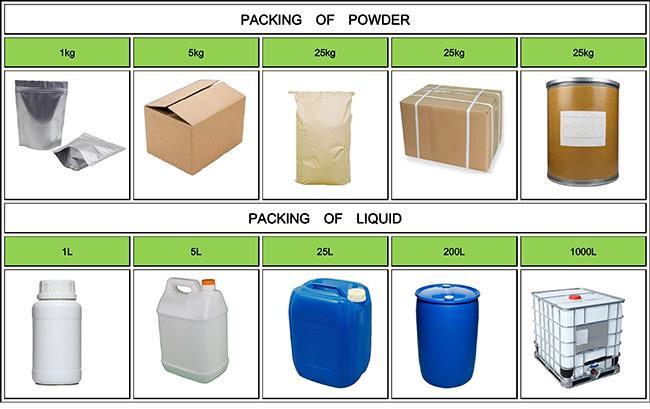

Company Profile Introduction
You may like
Recommended supplier
| Product name | Price | Suppliers | Update time | |
|---|---|---|---|---|
| $79.00/1kg |
VIP1Y
|
Hebei Zhuanglai Chemical Trading Co Ltd
|
2024-11-18 | |
| $6.00/1kg |
VIP1Y
|
HebeiShuoshengImportandExportco.,Ltd
|
2024-08-09 | |
| $31.00/1mg |
VIP5Y
|
TargetMol Chemicals Inc.
|
2025-05-27 | |
| $123.00/1mg |
VIP3Y
|
TargetMol Chemicals Inc.
|
2025-06-05 | |
| $0.00/1KU |
VIP1Y
|
Watson Biotechnology Co.,Ltd
|
2025-05-29 |
- Since: 2006-04-03
- Address: Room 2015, No.2 Building Kaixin Mansion, No.107 Jinqiao Ave, Wuhan, China
+86-13986145403
info@fortunachem.com



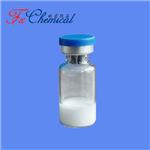



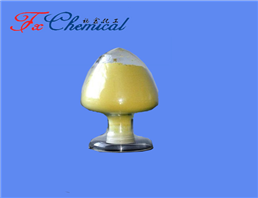
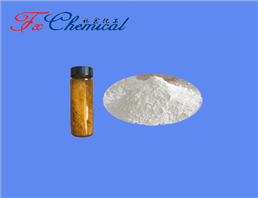
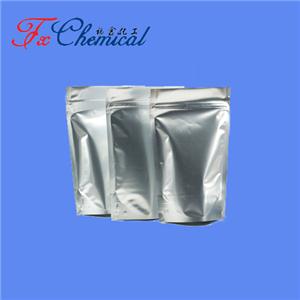

 China
China